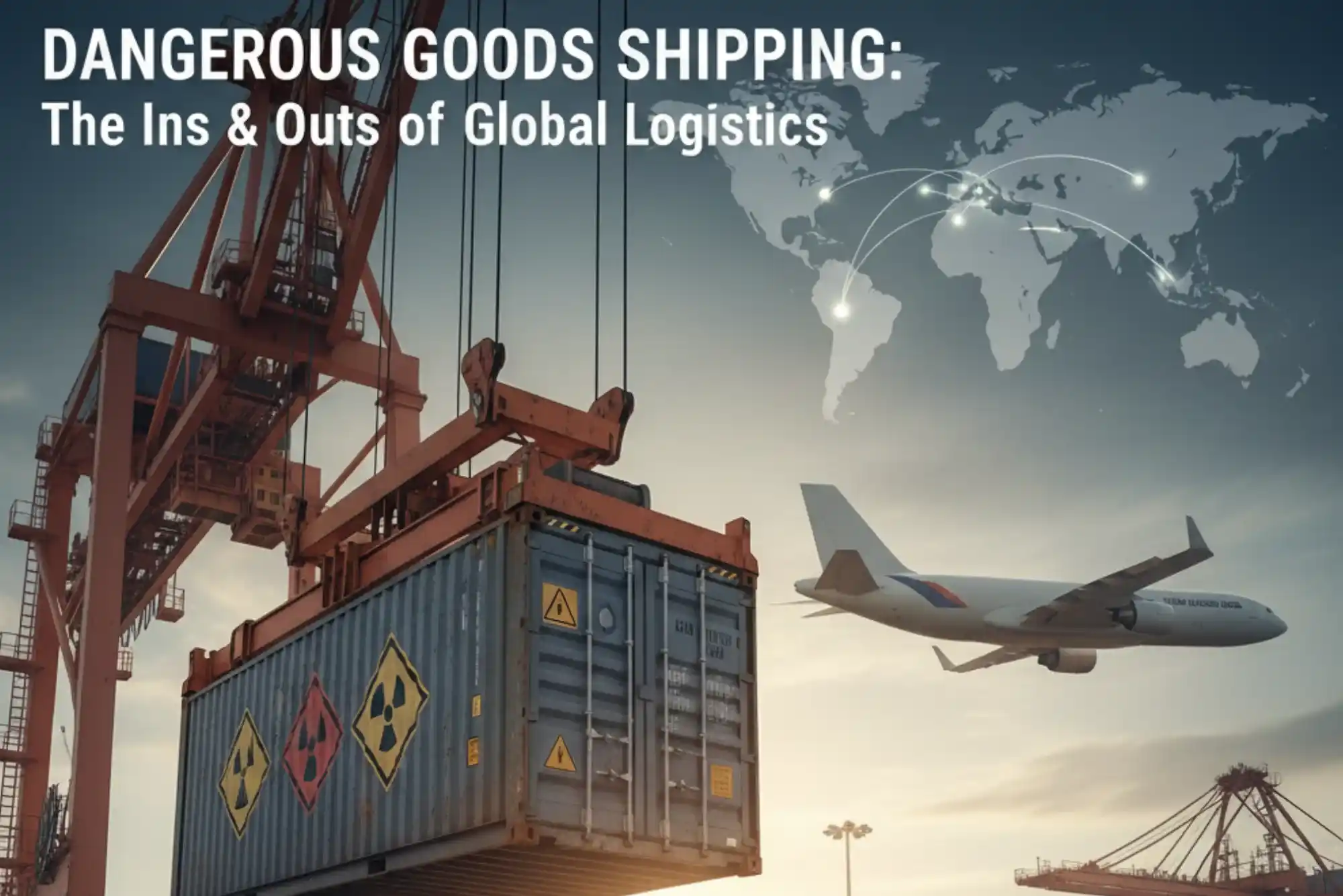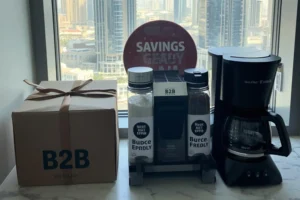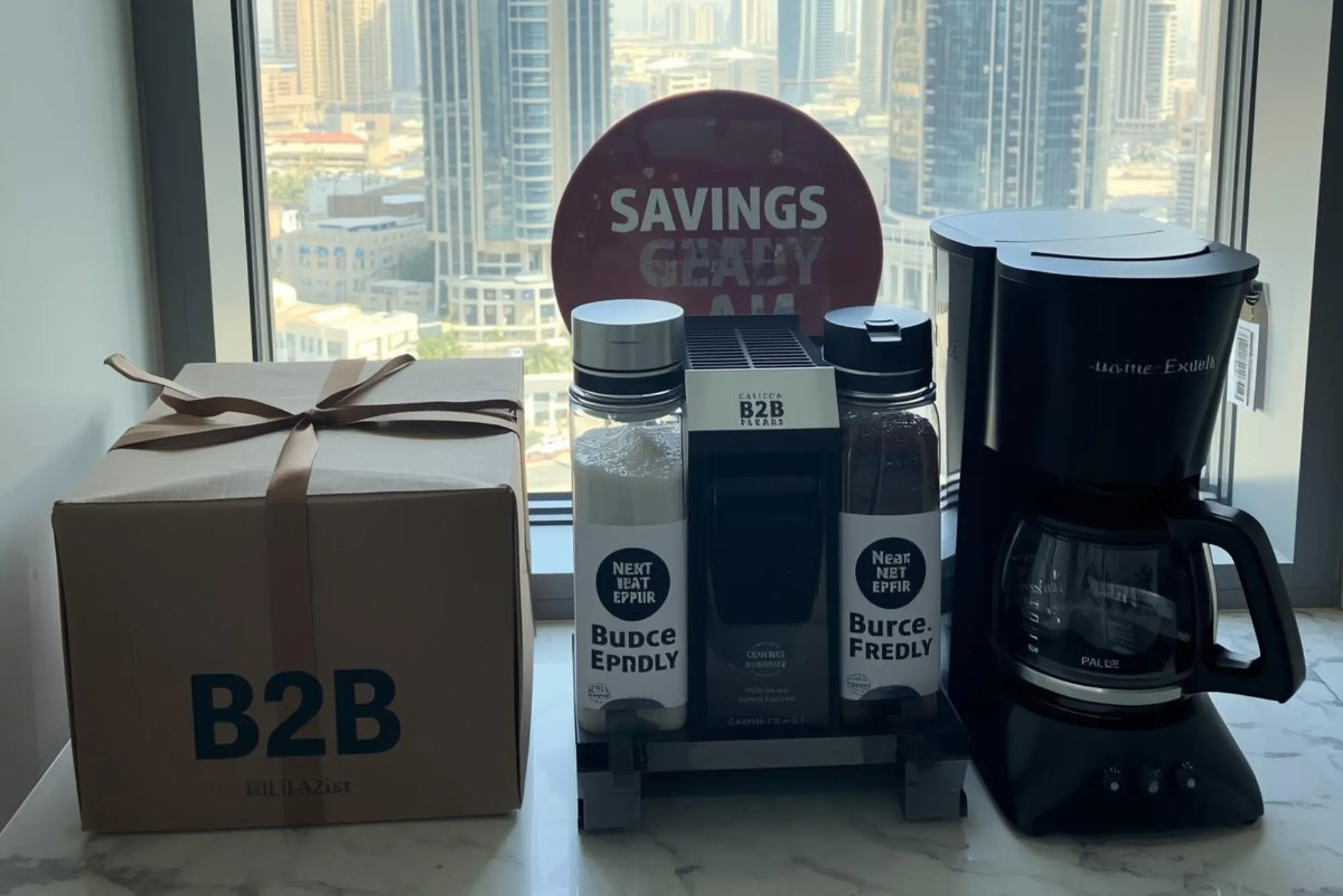The movement of goods across international borders is a complex operation, governed by a web of regulations and logistical considerations. When those goods are classified as “dangerous,” the complexity multiplies. Dangerous goods, also known as hazardous materials (hazmat), are substances or articles that pose a risk to health, safety, property, or the environment during transport. Their handling requires specialized knowledge and strict adherence to established protocols.
Many everyday items fall into this category, often to the surprise of consumers and businesses. A prominent example is perfume. Due to its high alcohol content, perfume is classified as a flammable liquid and is subject to stringent shipping regulations. Understanding the framework for managing the global logistics of dangerous goods is essential for ensuring compliance, mitigating risk, and maintaining supply chain integrity. This article examines the core challenges, regulatory standards, and emerging innovations shaping this critical logistics sector.
Defining the Challenges in Dangerous Goods Transport
Shipping dangerous goods internationally presents a unique set of obstacles that distinguish it from general freight forwarding. These challenges demand meticulous planning and expertise to prevent incidents that could have severe consequences.
Complex Regulatory Compliance
The regulatory landscape for dangerous goods is fragmented and multi-layered. Each mode of transport—air, sea, road, and rail—is governed by a distinct set of international and domestic regulations.
- Air Freight: The International Air Transport Association (IATA) publishes the Dangerous Goods Regulations (DGR), the global standard for shipping hazardous materials by air.
- Sea Freight: The International Maritime Dangerous Goods (IMDG) Code, developed by the International Maritime Organization (IMO), provides the framework for sea transport.
- Road and Rail: Regulations like the ADR (European Agreement concerning the International Carriage of Dangerous Goods by Road) and RID (Regulations concerning the International Carriage of Dangerous Goods by Rail) govern ground transport in Europe, with similar frameworks existing in other regions.
Navigating these overlapping and sometimes conflicting rules requires significant expertise. A shipment might travel by road and sea, necessitating compliance with both ADR and IMDG codes. Failure to comply can result in substantial fines, shipment delays, and legal liability.
Strict Packaging and Labeling Requirements
Packaging for dangerous goods is not merely about containment; it is a critical safety component. Regulations mandate performance-oriented packaging that has undergone rigorous testing to withstand drops, pressure changes, and stacking. The United Nations has established a universal system for classifying, packaging, and marking hazardous materials.
Each package must be labeled with universally recognized hazard pictograms, such as the flammable liquid symbol for wholesale perfume. Additionally, it must display the correct UN number, Proper Shipping Name (PSN), and other required markings. Incorrect labeling is one of the most common reasons for shipment rejection and can create significant safety risks.
Carrier Restrictions and Capacity Limitations
Not all carriers will transport all classes of dangerous goods. Airlines and shipping lines often have their own operator-specific restrictions that are more stringent than the base regulations. For example, many passenger aircraft are prohibited from carrying certain types of hazardous materials that are permitted on cargo-only aircraft.
Furthermore, carriers may limit the quantity of dangerous goods on any given vessel or aircraft. This can create capacity constraints and requires shippers to book space well in advance, often at a premium cost. These limitations directly impact supply chain planning and inventory management for businesses dealing in products like cosmetics, electronics with lithium batteries, and industrial chemicals.
Pillars of a Compliant Logistics Strategy
A successful and safe dangerous goods logistics strategy is built on three core pillars: comprehensive documentation, rigorous training, and unwavering adherence to international standards.
1. Proper Documentation
Accurate and complete documentation is paramount. The Shipper’s Declaration for Dangerous Goods is a legal document in which the shipper certifies that the cargo is correctly classified, packaged, marked, and labeled according to applicable regulations. Any discrepancy between the documentation and the physical shipment can lead to immediate rejection, fines, and potential criminal charges. This document provides critical information to everyone in the transport chain, including handlers, carriers, and emergency responders.
2. Mandatory Training and Certification
Regulations from IATA and IMO mandate that any individual involved in the transport of dangerous goods—from packers and freight forwarders to carrier staff—must undergo certified training. Training must be role-specific and repeated at regular intervals (typically every 24 months) to ensure knowledge remains current. This educational requirement ensures that all personnel understand their responsibilities, can identify hazards, and know how to respond correctly in an emergency. A well-trained workforce is the first line of defense against logistical incidents.
3. Adherence to International Standards (IATA & IMDG)
Compliance is not optional. The IATA Dangerous Goods Regulations (DGR) and the IMDG Code are the authoritative manuals for air and sea freight, respectively. These comprehensive guides detail every aspect of the shipping process, including:
- Classification: Identifying the hazard class of the substance (e.g., Class 3 Flammable Liquids for perfume).
- Packaging Instructions: Specifying the types of inner and outer packaging required and quantity limits.
- Marking and Labeling: Outlining the specific labels and markings for the package and any overpacks.
- Segregation: Providing rules for separating incompatible dangerous goods to prevent dangerous reactions.
Strict adherence to these standards is not just a legal requirement; it is a fundamental practice for ensuring the safety of personnel, equipment, and the public.
The Future: Technology and Innovation
The logistics of dangerous goods are poised for transformation through technology and data-driven innovation. Digitalization is helping to streamline processes and enhance safety, addressing many of the traditional challenges in this sector.
Digital platforms are emerging that automate the creation of the Shipper’s Declaration, reducing the risk of human error and ensuring data consistency. These systems can integrate with enterprise resource planning (ERP) software to pull product data and automatically generate compliant documentation based on the latest regulations.
Furthermore, the Internet of Things (IoT) offers new possibilities for real-time monitoring. Smart sensors placed on packages or within containers can track temperature, pressure, and orientation, sending alerts if conditions deviate from safe parameters. This data provides unprecedented visibility into the supply chain, allowing for proactive intervention before an incident occurs. As these technologies become more widespread, they promise to make the transport of dangerous goods safer, more efficient, and more transparent.












